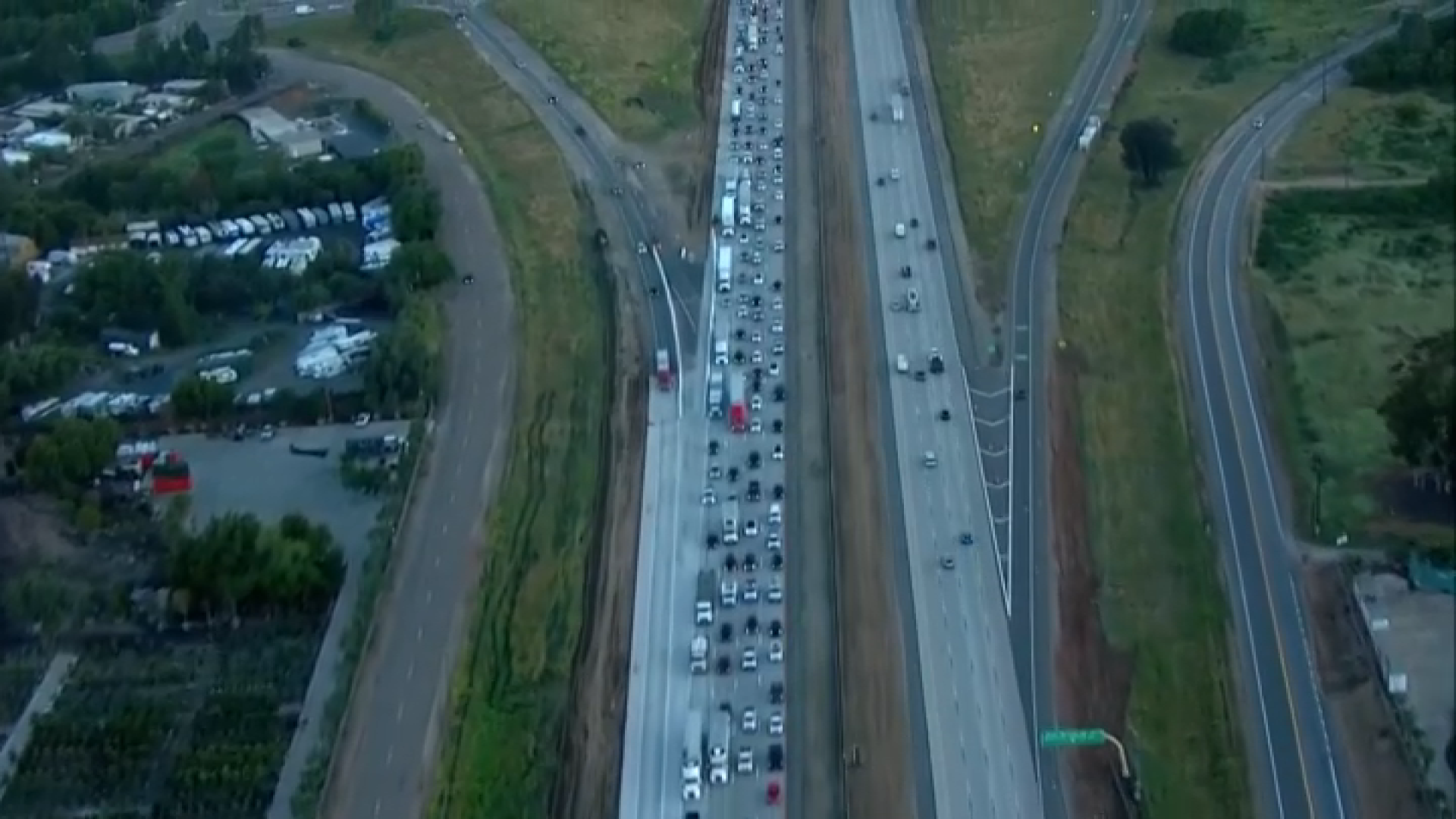There was a big win for tiny homes and the push for more affordable housing Tuesday as the San Diego City Council unanimously approved an amendment allowing for "tiny homes" on properties.
“A big win!” exclaimed tiny homeowner Hilary Brown. “We have a huge housing problem in the United States and in cities like San Diego and San Francisco, my gosh! People can't afford a box to live in. That's why we have people who live on the streets and to not allow people to downsize and live within their means was to me just ridiculous so it's a big win. It allows people like me to not grow old and worry what if I can’t pay my rent."
Councilmember Scott Sherman has been working to approve the ordinance since 2018.
An amendment was made to the Land Development Code to add moveable tiny houses to the ordinance for Companion Units and Junior Units as a separately regulated use. Tiny homes provide a lower-cost option that provides flexible housing choices for families, students and the elderly.
“Moveable tiny homes are a great option that naturally increases affordable housing at no cost to taxpayers. It’s a win for the homeowner, it’s a win for the renter, and it’s a win for the taxpayer,” said Sherman. “I appreciate my colleagues' support for this important housing reform. We must continue pushing for common sense solutions that result in naturally occurring affordable housing.”
The average rent in San Diego is nearly $2,000 a month and the median price of a home, is well over $500,000. In contrast, tiny homes cost around $85,000, with the average rent going for $900 a month.
Local
A property owner would recover their initial investment in eight years. After that, the rent from the tiny house could help cover their mortgage or other expenses, according to Councilman Sherman’s office.
And it usually takes 6 to 18 months to construct a granny flat, while a tiny house can be in place 30 to 45 days.
Brown moved into her roughly 300-square-foot mobile tiny home two years ago. With a few upgrades, Brown paid cash for her nearly $72,000 home. But saving money to take part in the American Dream wasn't always easy for the retired deputy probation officer, raising three children alone.
“I frequently ate at the jail, told the kids I wasn't hungry. I mean, I had to pay for a babysitter every time when I was away from home because I didn't have family… When I finally was done raising my children and retired at that time and started working, I started saving as much money as I could, but I was already in my late 50s. I was behind the eight ball," said Brown.
Before Tuesday’s vote, unlike granny flats, petite homes weren’t allowed as a secondary homes in homeowners’ backyards.
That’s why Brown and other tiny home owners have lived under the radar. “I wasn’t living in fear, but I was very conscious of the fact that something could happen to end the dream,” said Brown.
Her dream now with the amendment’s unanimous passing is that others will enjoy the dream of homeownership.
“One thing that I think is really important about tiny houses is there are people on the streets right now that for lack of money have no place to live. And I wish that I could see a village of tiny houses growing in cities like San Diego and other places where people can get their life back," she said.
The San Diego chapter of the American Tiny House Association is advocating for other cities and county supervisors to pass a similar ordinance.



